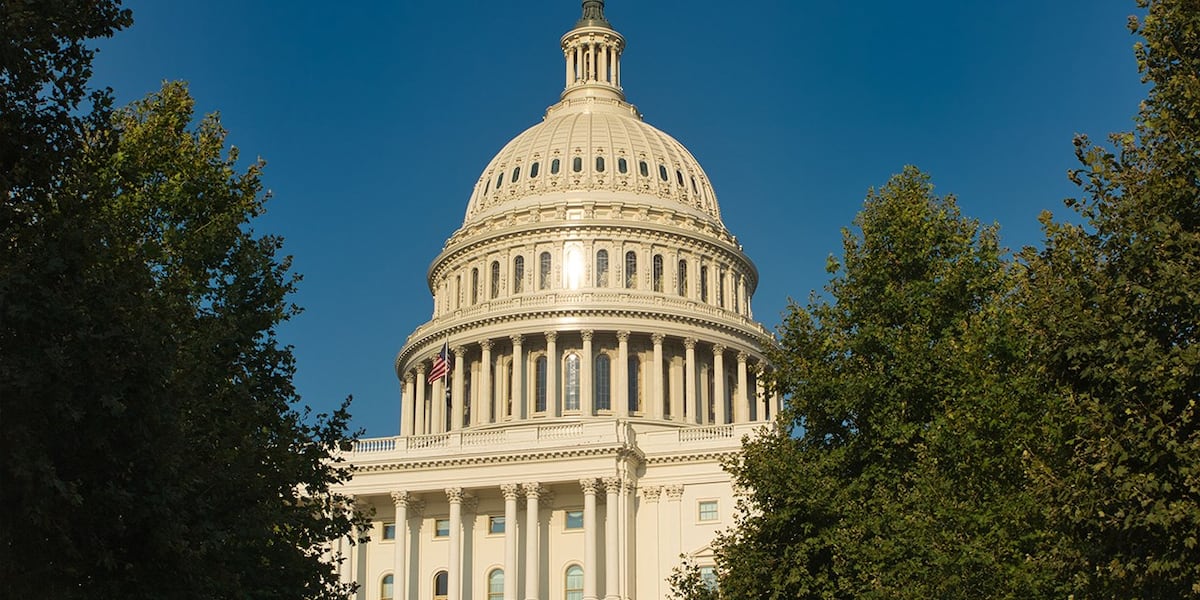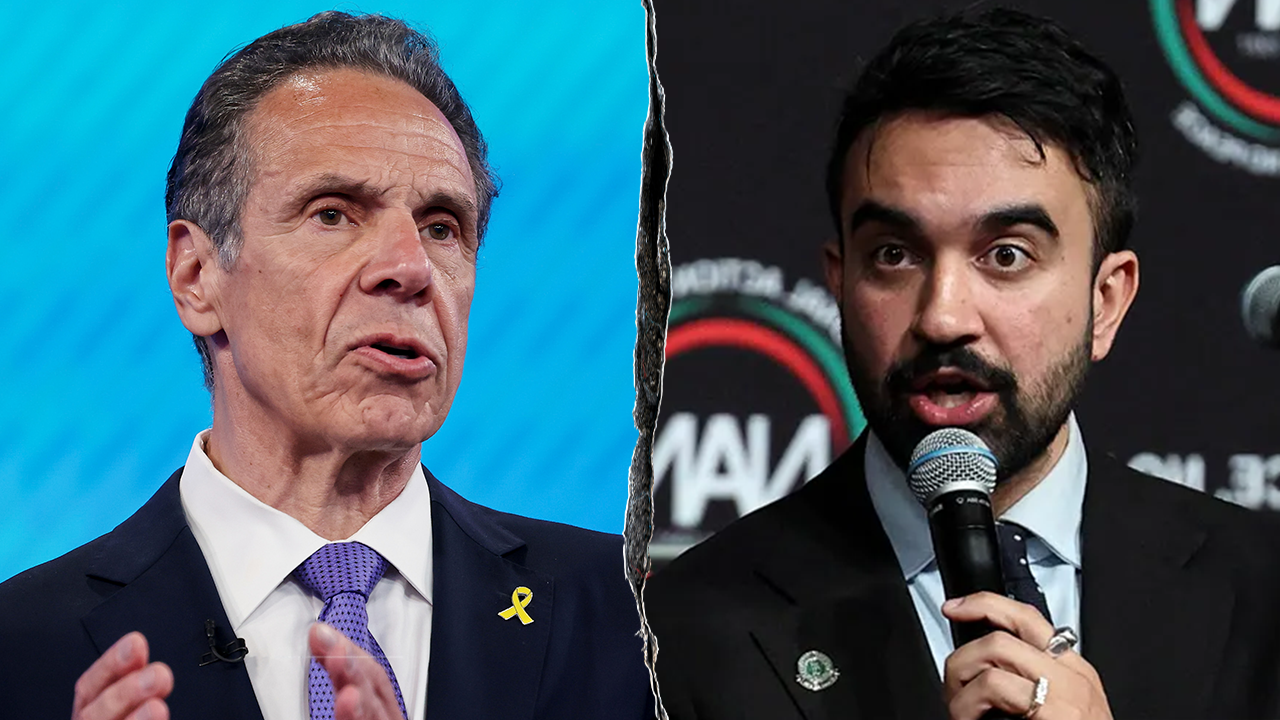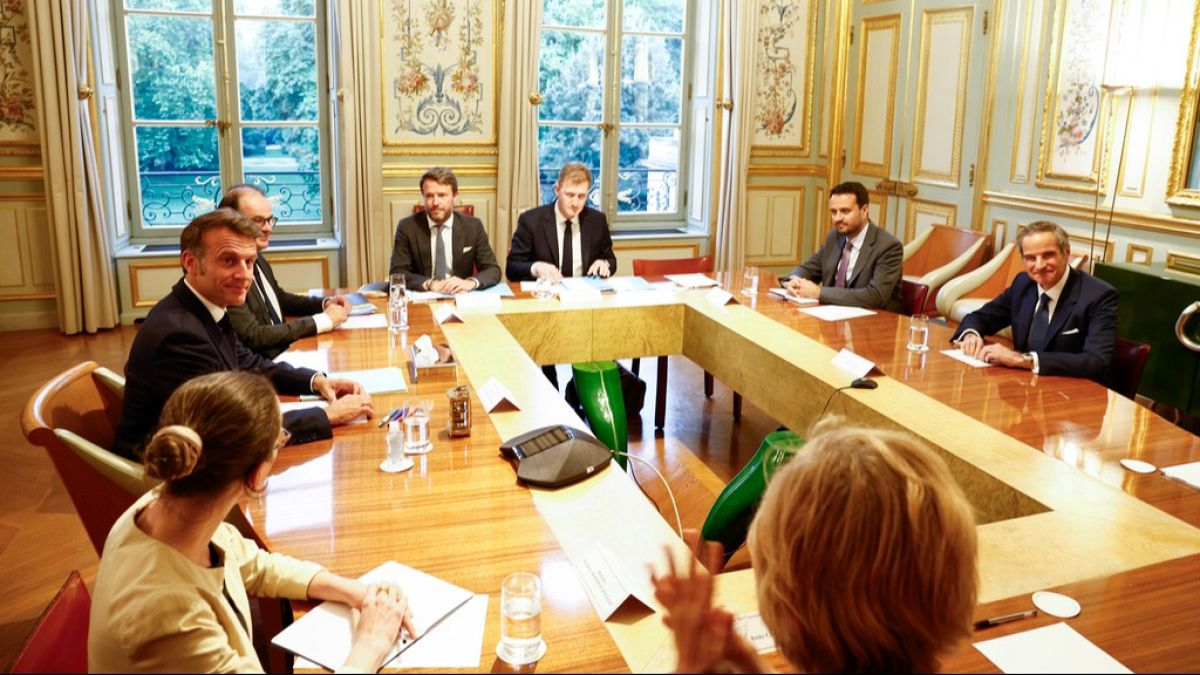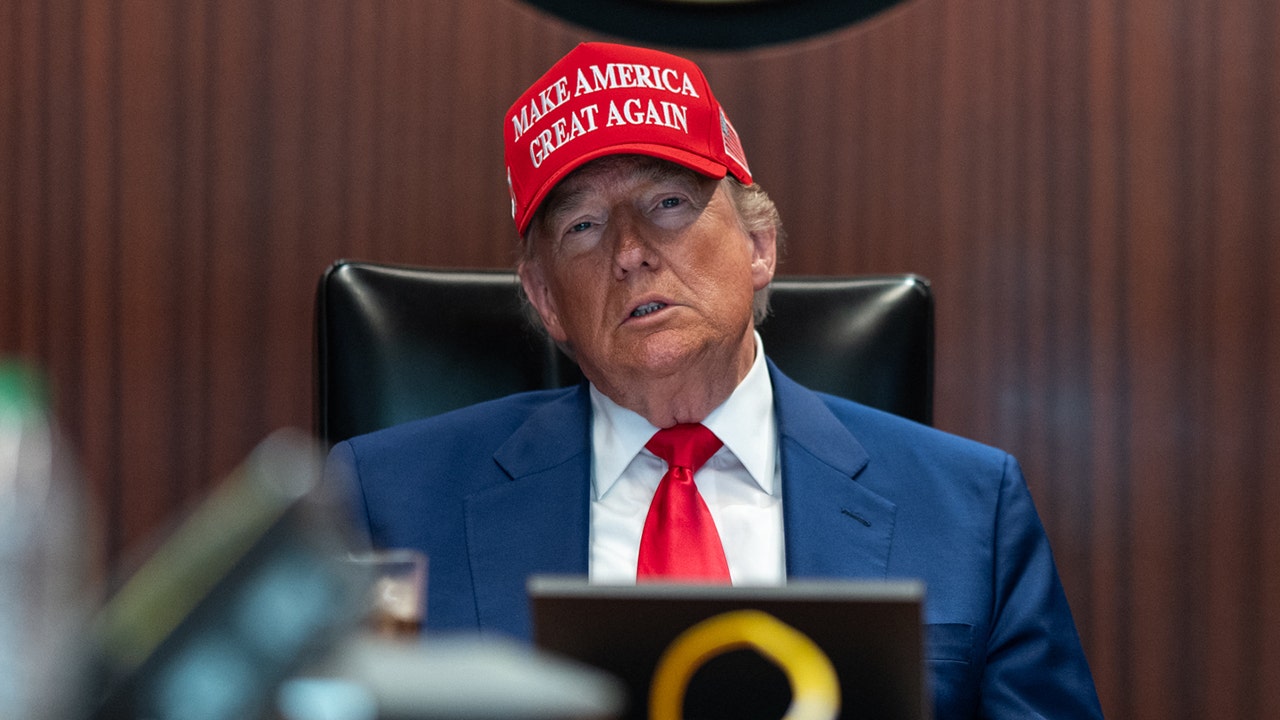New York
Port Workers Could Strike Again if No Deal Is Reached on Automation

Ports on the East and Gulf Coasts could close next week if dockworkers and employers cannot overcome their big differences over the use of automated machines to move cargo.
The International Longshoremen’s Association, the union that represents dockworkers, and the United States Maritime Alliance, the employers’ negotiating group, on Tuesday resumed in-person talks aimed at forging a new labor contract.
After a short strike in October, the union and the alliance agreed on a 62 percent raise over six years for the longshoremen — and said they would try to work out other parts of the contract, including provisions governing automated technology, before Jan. 15.
If they don’t have a deal by that date, ports that account for three-fifths of U.S. container shipments could shut, harming businesses that rely on imports and exports and providing an early test for the new Trump administration.
“If there’s a strike, it will have a significant impact on the U.S. economy and the supply chain,” said Dennis Monts, chief operating officer of PayCargo, a freight payments company.
The union is resisting automation because it fears the loss of jobs at the ports. President-elect Donald J. Trump lent his support to the union’s position last month. “I’ve studied automation, and know just about everything there is to know about it,” he said on his website Truth Social. “The amount of money saved is nowhere near the distress, hurt, and harm it causes for American Workers, in this case, our Longshoremen.”
But figures close to Mr. Trump, like Vivek Ramaswamy, who the president-elect says will co-head an agency that will advise his administration on slimming down the government, have been critical of the union. In October, Republicans in Congress called on President Biden to use the Taft-Hartley Act to force striking longshoremen back to work.
And while the maritime alliance has agreed to a hefty raise, it may not be as ready to compromise on technology. Employers say that the technology is needed to make the ports more efficient and that they want the new contract to give them more leeway to introduce the sort of machinery that the union opposes.
To prepare for the potential closing of East and Gulf Coast ports, businesses have accelerated some imports, delayed others and diverted some to West Coast ports, said Jess Dankert, vice president for supply chain at the Retail Industry Leaders Association, which represents many businesses that import goods.
“Contingency plans are pretty well developed,” she said, but added that a strike of more than a week would have significant ripple effects that could take a while to disentangle.
The International Longshoremen’s Association declined to comment.
The cost of shipping a container has risen over 60 percent on average in the past year, in large part because attacks on shipping in the Red Sea have forced ocean carriers to travel a longer, more expensive route and use more vessels. And if the East and Gulf Coast ports close, some carriers recently said, they will add surcharges to shipping rates for containers destined for the ports.
In earlier negotiations, the union secured a deal that would increase wages to $63 an hour, from $39, by the end of a new six-year contract. With shift work and overtime, the pay of many longshoremen at some East Coast ports could rise to well over $200,000 a year. (At the Port of New York and New Jersey, nearly 60 percent of the longshoremen made $100,000 to $200,000 in the 12 months through June 2020, the latest figures available, according to data from an agency that helped oversee the port.)
But to get those raises, the union will have to reach a deal on the rest of the contract, including new provisions on automation.
The core of the technology dispute concerns “semi-automated” port machinery that does not always require the involvement of humans. At the Port of Virginia, humans operate cranes that load containers onto trucks, but the cranes can also arrange huge stacks of containers on their own.
The last labor contract allowed for the introduction of semi-automated technology when both parties agreed to work-force protections and staffing levels. But in recent months, leaders of the International Longshoremen’s Association criticized port operators’ use of semi-automated technology, contending that it will lead to job losses.
“Now, employers are coming for the last remaining jobs under the shiny banner of semi-automation,” Dennis A. Daggett, the union’s executive vice president, wrote in a message to members last month.
The employers want the new contract to let them introduce more technology. In a statement to The New York Times last month, the maritime alliance said it was committed to keeping the job protections in place, but added, “Our focus now is how to also strengthen the ability to implement equipment that will improve safety, and increase efficiency, productivity and capacity.”
Even with automation, hiring of longshoremen has gone up at the Port of Virginia, according to union records. An increase in the number of containers the port handles is largely behind the increase in hiring.
“The Port of Virginia is thriving with automation,” said Ram Ganeshan, professor of operations and supply chain at William & Mary in Williamsburg, Va. “They’re not mutually exclusive.”
Some labor experts said there was a model for compromise: The union could agree to more automation, and the employers would offer solid job guarantees.
The International Longshore and Warehouse Union, which represents dockworkers on the West Coast, agreed to a contract over a decade ago that “recognized that the introduction of new technologies, including fully mechanized and robotic-operated marine terminals, necessarily displaces traditional longshore work and workers.” The union got guarantees that its members would maintain and repair the machinery at the terminals.
Harry Katz, a professor at Cornell University’s School of Industrial and Labor Relations, said a deal on the East and Gulf Coasts was possible in part because the employers were profitable enough to offer job guarantees. “I do expect a compromise,” he said.

New York
How NYC Neighborhoods Voted in the 2025 Mayoral Primary: Map

The candidate leading each neighborhood in the first round
Queens
Brooklyn
Bronx
Manhattan
Staten
Island
Zohran Mamdani, an upstart state assemblyman from Queens, was on the brink of winning Tuesday’s Democratic primary for mayor of New York City. While results were not yet final, Mr. Mamdani leaped ahead of a crowded field thanks to a surge of turnout in gentrifying neighborhoods, and strong support from Asian and Hispanic enclaves.
Mr. Mamdani, a 33-year-old democratic socialist, also ran up large vote tallies in the affluent brownstone-lined blocks of Brooklyn, in the diverse blocks of Upper Manhattan and in areas with substantial South Asian populations in Queens.
His main rival, former Gov. Andrew M. Cuomo, had hoped to reassemble Mayor Eric Adams’s winning 2021 coalition of Black, Hispanic and Orthodox Jewish voters, but instead lost ground in some of those communities.
Neighborhoods where Eric Adams won
The areas where the current mayor won in the 2021 Democratic primary are outlined.
Queens
Brooklyn
Bronx
Manhattan
Staten
Island
Mr. Mamdani, who campaigned on addressing New York’s affordability crisis, performed stronger than his rivals in areas where a majority of residents are college graduates, as well as in middle-income and higher-income neighborhoods. He won most areas with a majority of Asian residents and was modestly outpacing Mr. Cuomo in majority Hispanic areas.
Mr. Cuomo, 67, had more support in areas with a majority of Black residents and in areas where a majority of residents are low-income. There were some exceptions, most notably Mr. Cuomo’s strong performance on the Upper West and East Sides in Manhattan, where Mr. Mamdani struggled to win over an older, wealthier electorate, which includes a sizable segment of Jewish voters.
How candidates fared with groups of voters
Based on results in precincts where each group is a majority.
| Precincts with… |
Andrew Cuomo |
Zohran Mamdani |
Brad Lander |
|---|---|---|---|
| Higher income residents
24% of precincts |
30% | 42% | 20% |
| Middle income residents
49% of precincts |
37% | 47% | 7% |
| Lower income residents
24% of precincts |
49% | 38% | 3% |
| More college graduates
27% of precincts |
28% | 45% | 19% |
| More white residents
29% of precincts |
34% | 39% | 19% |
| More Hispanic residents
16% of precincts |
41% | 48% | 4% |
| More Black residents
15% of precincts |
51% | 34% | 3% |
| More Asian residents
4% of precincts |
36% | 52% | 5% |
| More renters
70% of precincts |
33% | 47% | 11% |
Mr. Mamdani, who would be the city’s first Muslim and South Asian mayor, won the largest vote share in gentrifying neighborhoods like Ridgewood in Queens and Greenpoint in Brooklyn that are home to groups of young, left-leaning voters. Voters in Jamaica Hills, a Queens neighborhood home to a sizable South Asian population, also chose Mr. Mamdani by a large margin.
Mr. Cuomo’s efforts to court the Orthodox Jewish vote paid off. Borough Park and Midwood in Brooklyn were two of his top-performing neighborhoods. He also won large margins in the less dense, coastal communities of Far Rockaway and Bayswater in Queens, far from Manhattan.
Brad Lander, the city comptroller, was in third place overall. The cluster of neighborhoods in Brooklyn where Mr. Lander fared the best — which include Park Slope, Cobble Hill and Windsor Terrace — are all neighborhoods where Mr. Mamdani won most of the votes. That could ultimately benefit Mr. Mamdani under the city’s ranked-choice voting system, because the two men cross-endorsed each other and encouraged their supporters to rank them both.
The system allowed voters to list up to five candidates on their ballots. If their top choices are eliminated, their votes will be transferred to candidates who are lower on their ballots next Tuesday.
Each candidate’s top five neighborhoods by vote share
Zohran Mamdani
| Neighborhood | Pct. | Votes |
|---|---|---|
| Ridgewood, Queens | 80% | 7,030 |
| Bushwick, Brooklyn | 79% | 14,164 |
| East Williamsburg, Brooklyn | 75% | 2,586 |
| Jamaica Hills, Queens | 74% | 1,458 |
| Greenpoint, Brooklyn | 72% | 7,583 |

Andrew Cuomo
| Neighborhood | Pct. | Votes |
|---|---|---|
| Borough Park, Brooklyn | 80% | 6,577 |
| Manhattan Beach, Brooklyn | 76% | 236 |
| Midwood, Brooklyn | 72% | 9,160 |
| Far Rockaway, Queens | 72% | 2,489 |
| Bayswater, Queens | 72% | 522 |

Brad Lander
| Neighborhood | Pct. | Votes |
|---|---|---|
| Park Slope, Brooklyn | 35% | 7,330 |
| Windsor Terrace, Brooklyn | 34% | 1,689 |
| Cobble Hill, Brooklyn | 32% | 1,199 |
| Columbia St. Waterfront District, Brooklyn | 31% | 355 |
| South Slope, Brooklyn | 30% | 632 |

Adrienne Adams
| Neighborhood | Pct. | Votes |
|---|---|---|
| Springfield Gardens, Queens | 17% | 891 |
| Laurelton, Queens | 16% | 506 |
| St. Albans, Queens | 15% | 828 |
| Jamaica, Queens | 14% | 1,381 |
| Cambria Heights, Queens | 14% | 425 |
Assuming he prevails in the primary, Mr. Mamdani will face a general election in November that has the potential to be unusually competitive. Mr. Adams is seeking a second term, this time as an independent. Curtis Sliwa, a Republican, will be on the ballot, along with Jim Walden, a lawyer and independent. Mr. Cuomo also still has the option to pursue a third-party fall campaign.
New York
10 Questions With Brad Lander

Brad Lander took a risk last summer when he entered the New York City mayor’s race instead of running for a second term as comptroller.
But he was worried then, he says, about the city’s future under the leadership of Mayor Eric Adams — and later about the possibility that former Gov. Andrew M. Cuomo would join the race, as he did.
He has run as an earnest technocrat with a stack of progressive plans. But he has not had the same momentum as Zohran Mamdani, who has risen in the polls and received the first-choice endorsement of Representative Alexandria Ocasio-Cortez. (She ranked Mr. Lander third.)
Ahead of the June 24 primary, the leading Democrats in the race visited The New York Times for interviews. We are publishing excerpts from those interviews, and this is the sixth in the series; our conversation has been edited for length and clarity.
We asked Mr. Lander, 55, questions about 10 themes, with the occasional follow-up, touching on his management of the city’s finances and the two good things he thinks Mr. Adams has done as mayor.
We’ve written previously about Mr. Lander’s plan to end street homelessness for people with severe mental illness, his criticism of Mr. Cuomo and how he seriously considered becoming a rabbi.
1. What’s the most important issue in the race: affordability, public safety, President Trump or something else?
In that order — affordability, public safety, Trump and then just cleaning up corruption and making the city run better. But I’ll put affordability first. That is what’s pushing people out of New York.
2. Who was the best New York City mayor in your lifetime?
The best New York City mayor ever was Fiorello La Guardia, and he was not in my lifetime. Alas, I wish he had been.
The mayors in my lifetime have done great things, but I hesitate to say which one. If you want the mayor who managed the city best — picked up the garbage, made the city function well — Mike Bloomberg certainly did that the best. But the gap in seeing how much income inequality was growing, and stop and frisk, were real.
The best single accomplishment of any mayor is universal prekindergarten, which has been incredible and life-changing for a lot of families, but there were a lot of other issues in the de Blasio administration.
3. Should the Elizabeth Street Garden in Manhattan be closed to build affordable housing?
Yes.
4. What’s one issue in politics that you’ve changed your mind about?
I’m pleased to say I’m open to admitting when I get things wrong.
We did some research on Hudson Yards. I had put some things out when I was the director of the Pratt Center for Community Development that I thought the city was going to get screwed, basically, and not benefit financially. I thought it was all for the developer.
My team in the comptroller’s office did some research, then came to the office and showed me: We’re making between $200 million and $300 million a year. We published it. I put a cover note on that said: “I got this wrong. The research says this is actually working for New York City.”
5. There have been questions about where Mayor Eric Adams lives. Where do you live?
I live on 13th Street in Park Slope.
How much is your rent or mortgage?
Our mortgage is $3,300 a month.
Do you own a car?
We do own a car.
What model?
We have a Toyota Prius.
How often do you take the subway or bus?
I take the subway or bus a couple of times a week.
6. What do you consider yourself when it comes to your finances, growing up and now? Middle-class? Upper-middle-class?
My mom was a public elementary school guidance counselor. My dad was a legal services lawyer and then a private-sector lawyer. We grew up middle-class.
I would say we, my wife and I, are upper-middle-class. We made the very fortunate decision to buy a co-op in brownstone Brooklyn for $125,000 in 1996, and that is why we’ve been able to raise our family. We sold it, and then bought our rowhouse on 13th Street, and that has enabled us to live in a neighborhood that we couldn’t afford now, if we hadn’t bought then.
7. Mayor Adams has said that you’re not investing in Israel as comptroller and criticized your management of the city’s pension funds. Why?
I mean, Eric Adams lies every day and twice on Tuesdays — probably more than that, honestly.
Investments in Israel have grown on my watch, so it’s just a lie. And our pension performance — you can look at it. We’re actually the first to publish it online. They’re right out there for everyone to see.
Why do you think the mayor has targeted you?
I do my job. The job of city comptroller, in addition to managing those pension funds well, is oversight of the mayor — is to be a watchdog, and I have been a good watchdog.
We worked to cancel that $432 million DocGo contract. [Mr. Lander criticized the city’s decision in 2023 to grant DocGo, a medical services company, a no-bid contract to help care for an influx of migrants.] Our audits have been hard-hitting in all kinds of places.
I went early on to him and said: “Let’s find some things to work together on. Let’s try to have a strategy for what to do when it’s my job to say ‘This contract stinks’ or ‘This agency isn’t getting its job done.’”
And he smiled, like he does, but not one time have they been willing to work with us to fix something that’s broken.
8. What’s one good thing that Mayor Adams has done?
I’ll give him two.
NYC Reads — the focus on literacy, phonics education, kids with dyslexia. A lot more to do there. There’s only two of those structured literacy schools. I think there should be one in every district, but it’s a good start.
And trash containerization. It shouldn’t have taken us so long to put lids on the trash cans. There’s a long way to go there as well. And probably Jessie Tisch gets more credit than Eric. But a big part of the job of mayor is hiring good people. He has hired a lot of bad people, but he’s hired some good people as well.
There’s going to be a couple of big mayoral priorities that I’m going to deliver — ending street homelessness, building a lot of affordable housing, expanding child care and after-school — and then my commissioners and deputy mayors are going to do a whole bunch of great things we haven’t thought about yet. That’s what happens when you hire really good people and have their backs.
9. What’s your bagel order?
My bagel order is an everything bagel with scallion cream cheese, a slice of tomato and lox.
Toasted or not toasted?
Not toasted.
10. What’s the last TV show you binged?
We’re watching “Extraordinary Attorney Woo.”
I haven’t heard of that one.
Should I pick something that people have heard of? The thing I’ve seen that people should watch is the “Station Eleven” mini-series on HBO. That is like the best thing ever on television. “Watchmen” is a close second.
Jeffery C. Mays contributed reporting.
New York
Test Your Broadway Knowledge, Celebrity Edition

George Clooney is making his Broadway debut in the stage adaptation of his 2005 film “Good Night, and Good Luck.” In 1994, he had his big break on the popular medical ensemble drama “ER.” Which other “ER” actor also starred in a Broadway show this season?
-

 Arizona1 week ago
Arizona1 week agoSuspect in Arizona Rangers' death killed by Missouri troopers
-

 Business6 days ago
Business6 days agoDriverless disruption: Tech titans gird for robotaxi wars with new factory and territories
-

 Business1 week ago
Business1 week agoWilliam Langewiesche, the ‘Steve McQueen of Journalism,’ Dies at 70
-

 News1 week ago
News1 week ago‘The Age of Trump’ Enters Its Second Decade
-

 News1 week ago
News1 week agoDog shot during Minnesota lawmaker's murder put down days after attack
-

 Business1 week ago
Business1 week agoProtesters are chasing federal agents out of L.A. County hotels: ‘A small victory’
-
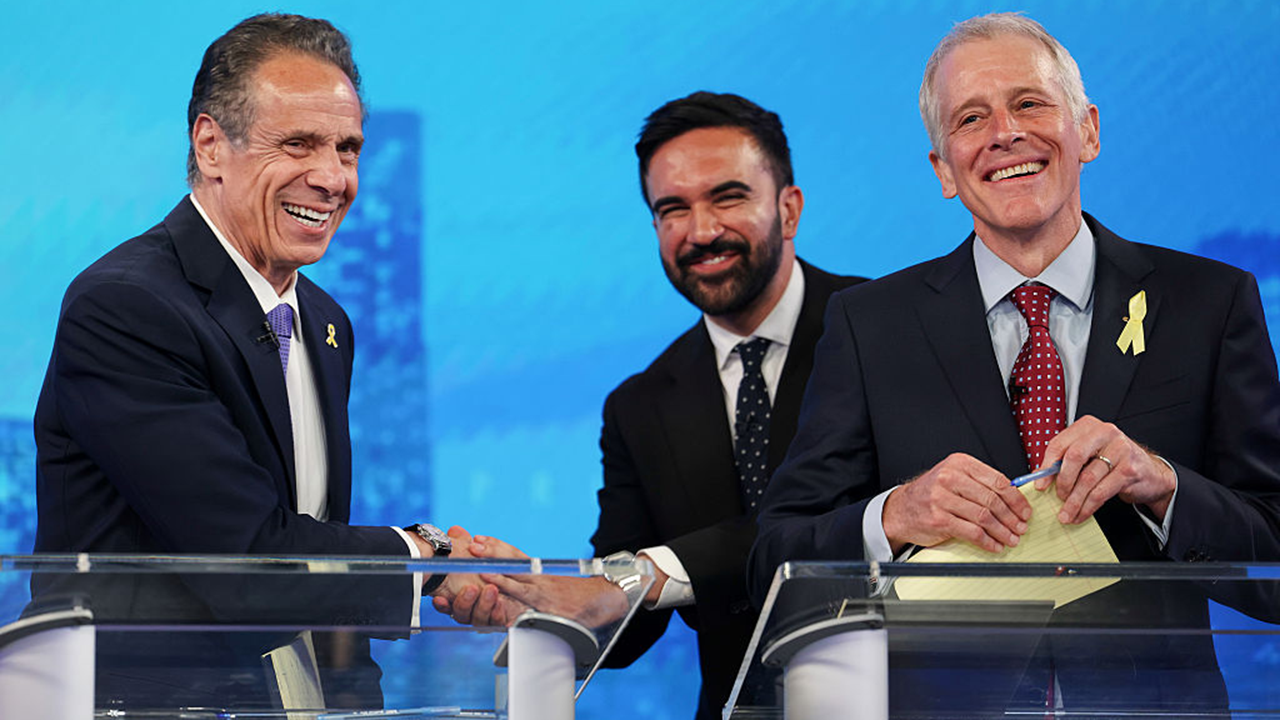
 Politics1 week ago
Politics1 week agoCuomo team denies AOC’s claim he’s using NYC mayor run as a springboard to the White House
-

 Technology1 week ago
Technology1 week agoOpenAI awarded $200 million US defense contract


